

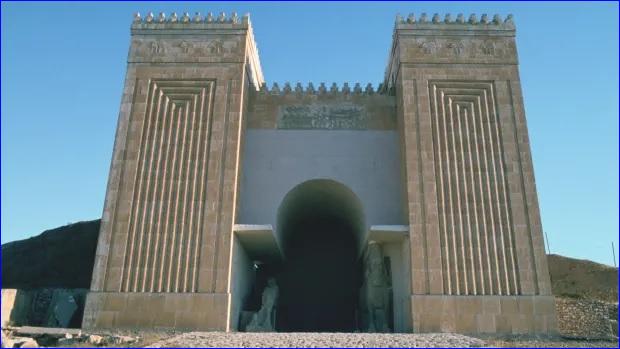
 Vivienne Sharp/Heritage Images/Getty Images)
Vivienne Sharp/Heritage Images/Getty Images)
While these sites may not have been intentionally targeted, the response to this devastation was the 1954 Hague Convention for the Protection of Cultural Property in the Event of Armed Conflict. The international community strengthened these protections in 1977 with additional protocols to the Geneva Conventions of 1949. Article 53 of these protocols prohibits "any acts of hostility directed against the historic monuments, works of art or places of worship which constitute the cultural or spiritual heritage of peoples."
According to these international agreements, targeting cultural sites is a war crime. But that doesn't mean that military groups have stopped doing it. In the past few decades, war and terrorist acts specifically targeting heritage have damaged cultural sites in Eastern Europe, the Middle East and West Africa.
The Gates of Nineveh, Iraq
The ancient Assyrian city of Nineveh dates to the seventh century B.C. The city was historically guarded by walls and multiple gates. Two of the most prominent gates were the Adad Gate and the Mashki Gate, also known as the "Gate of God."

 Vivienne Sharp/Heritage Images/Getty Images)
Vivienne Sharp/Heritage Images/Getty Images)
In 2016, ISIS destroyed both of these gates as part of its ongoing campaign against cultural sites and relics.
Old City of Dubrovnik, Croatia
The city of Dubrovnik dates back to the 7th century, when Romans and Slavs settled on the coast of the Adriatic Sea. It grew into a major trading power, and in the 19th century Lord Byron dubbed it the "Pearl of the Adriatic." In 1979, the United Nations Educational, Scientific and Cultural Organization--or UNESCO--designated the "Old City" or "Old Town" part of Dubrovnik as a World Heritage site.
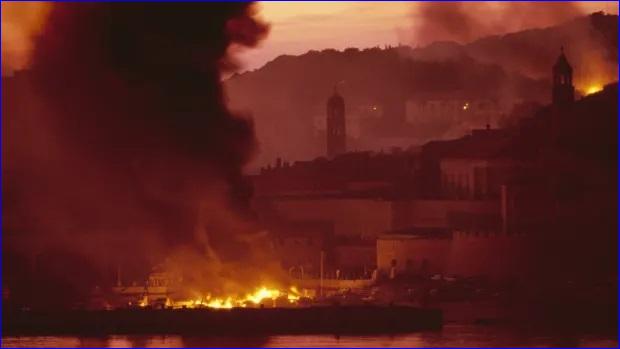
 Jon Jones/Sygma/Getty Images)
Jon Jones/Sygma/Getty Images)
In 1991 and 1992, the city suffered severe damage during the Siege of Dubrovnik, a part of the Yugoslav Wars. Over two-thirds of the Old City's buildings were hit by projectiles, and three were destroyed by fire. In 2005, the International Criminal Tribunal for the former Yugoslavia sentenced the former Yugoslav general Pavle Strugar to eight years in prison for war crimes, including the destruction of historic monuments in Dubrovnik.
Vijećnica (City Hall) of Sarajevo, Bosnia
The historic City Hall, or Vijećnica, of Sarajevo dates to the 1890s. Its architecture was inspired by Islamic designs; specifically, the Mamluk architecture that flourished between the 13th and 16th centuries in Cairo, Egypt. In 1949, the city converted it into the National Library.
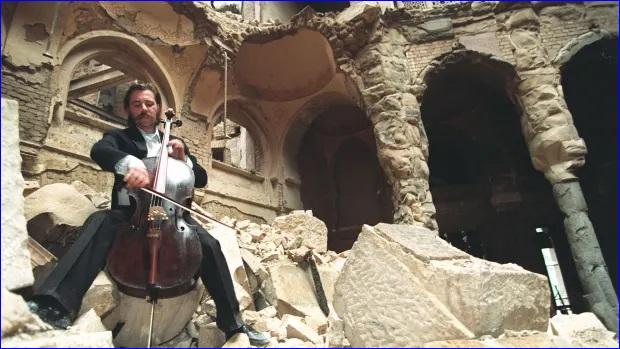
 Michael Evstafiev/AFP/Getty Images)
Michael Evstafiev/AFP/Getty Images)
In 1992, the Vijećnica went up in flames during the Siege of Sarajevo, destroying almost two million books. The city worked to restore the Vijećnica, and in 2014, it reopened it to the public.
Buddhas of Bamiyan, Afghanistan
The Buddhas of Bamiyan were once the tallest monuments of Buddha in the world. Carved into the side of a cliff in the sixth century, the largest one was over 170 high. The Buddhas soon became known as a holy site. In 629 A.D., the Chinese traveller Xuanzang described tens of thousands of monks gathered near the statues.
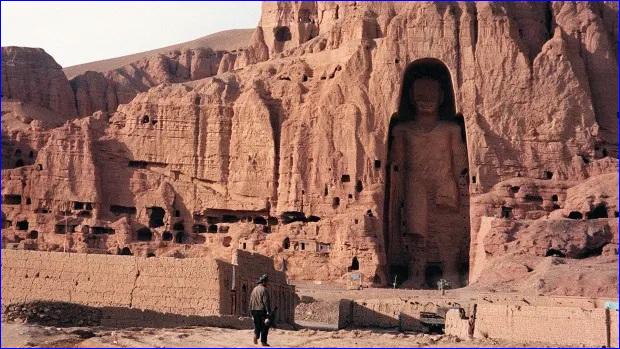
 Jean-Claude Chapon/AFP/Getty Images)
Jean-Claude Chapon/AFP/Getty Images)
But in 2001, the Taliban destroyed the Buddhas by bombing them over several weeks. The destruction followed a command by spiritual leader Mullah Mohammed Omar ordering the destruction of idolatrous statues in Afghanistan.
Djinguereber Mosque of Timbuktu, Mali
The Mali Empire built the Djinguereber Mosque in Timbuktu during the reign of Mansa Musa in the 14th century. It is made out of pounded earth and wood, and is still an important part of city life today.
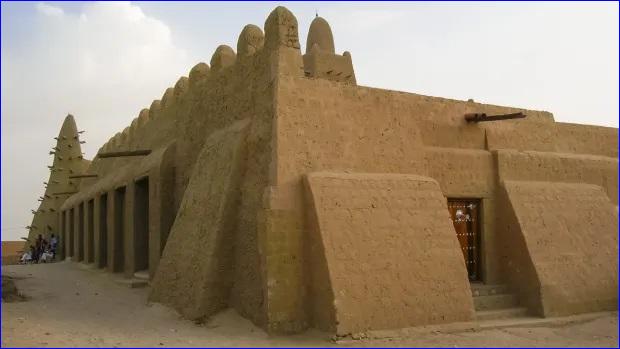
 Luis Dafos/Getty Images)
Luis Dafos/Getty Images)
However, the mosque suffered minor damage in 2012 when members of the militant Ansar Dine group attacked the city. The group damaged two of Djinguereber's tombs along with Islamic shrines in the city that the Ansar Dine deemed sacreligious. In 2016, Ahmad al-Faqi al-Mahdi pleaded guilty to damaging these sites in the International Criminal Court, marking the court's first prosecution of the destruction of cultural sites as a war crime.
Great Mosque of Aleppo, Syria
The Great Mosque of Aleppo was built between the eighth and 13th centuries. Traditionally, it's believed to contain the remains of the prophet Zechariah, father of John the Baptist. It was one of the largest and oldest mosques in Aleppo, located within the wall of the Old City.
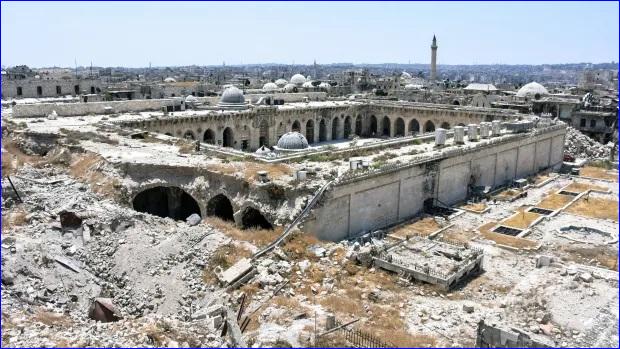
 George Ourfalian/AFP/Getty Images)
George Ourfalian/AFP/Getty Images)
The Great Mosque's minaret, a tall tower from which a crier calls Muslims to daily prayer, was built in the 11th century. But in 2013, it was destroyed amid fighting in the Syrian Civil War. It remains unclear what caused the collapse of the tower. The mosque was occupied at the time by anti-government forces, and Syrian President Bashar al-Assad's regime blamed the damage on fighters from an al-Qaeda-linked group. Rebels, meanwhile, claimed the site was damaged by incoming Syrian Army fire.
Temple of Bel at Palmyra, Syria
The Temple of Bel was a major religious site in the ancient city of Palmyra. Built in the first century, the temple was consecrated to the Mesopotamian god Bel (or Baal). The site contained more than 1,000 columns, over 500 tombs and a Roman aqueduct.
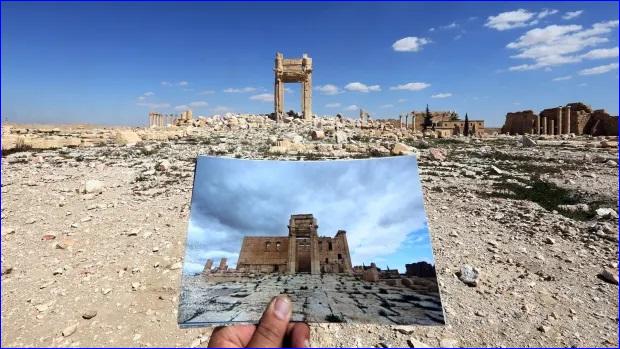
 Joseph Eid/AFP/Getty Images)
Joseph Eid/AFP/Getty Images)
In 2015, the so-called Islamic State of Iraq and Syria, or ISIS, leveled the nearly 2,000-year-old temple. The attack followed the destruction of the Temple of Baalshamin, another ancient religious site in Palmyra.

or register to post a comment.